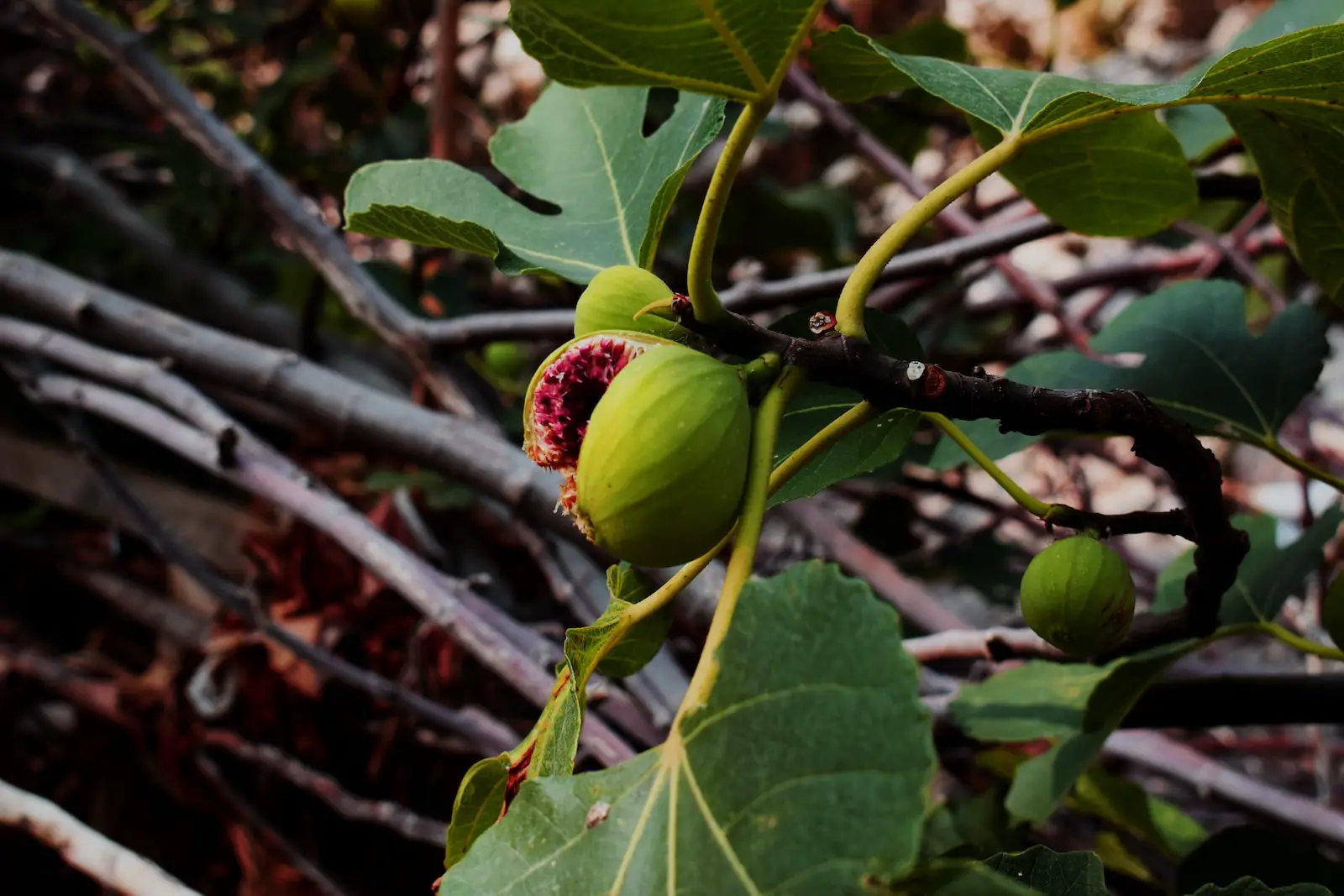Fig trees are an ancient and fascinating group of plants that have played a significant role in various cultures and religions for thousands of years. Known scientifically as members of the Ficus genus, fig trees are a part of the Moraceae family. With over 800 species ranging from the edible Common Fig to the immense Banyan trees, fig trees offer a variety of uses, including ornamental display, religious symbolism, and culinary delights.
One unique aspect of fig trees is their relationship with fig wasps, specialized insects that help in the pollination process. Some fig trees produce edible fruits enjoyed worldwide, such as those of the Ficus carica species. Others, like the Ficus benjamina, are popular indoor ornamental plants, adding beauty to homes and commercial spaces.
Fig trees are not only a symbol of abundance and fertility but also an integral part of ecosystems in their native regions. They serve as shelter and food for numerous animals and insects. The diverse and wide-ranging family of fig trees offers a captivating study for botanists, gardeners, and nature lovers alike.
| Attribute | Details |
|---|---|
| Common Names | Fig Tree, Common Fig, Banyan Tree |
| Botanical Name | Ficus |
| Family | Moraceae |
| Plant Type | Evergreen/Deciduous Trees & Shrubs |
| Mature Size | 10-50 feet (varies by species) |
| Sun Exposure | Full Sun to Partial Shade |
| Soil Type | Well-draining |
| Hardiness Zones | 6-11 (varies by species) |
| Native Area | Tropics and Subtropics Worldwide |
Fig Tree Care
Fig Tree care varies significantly depending on the species and its specific needs. For the commonly cultivated Ficus carica, care includes proper sunlight, soil, watering, and pruning to encourage fruiting. Other ornamental species might require different care routines.
Most fig trees thrive in full sun to partial shade, prefer well-draining soil, and need consistent watering. Fertilizing and pruning practices are typically applied to maximize growth, health, and in some cases, fruit production. Understanding the specific needs of the chosen species is essential for successful cultivation.
Light Requirement for Fig Trees
Light requirements for fig trees vary among species. Fruit-bearing fig trees like Ficus carica require full sun to produce an abundant harvest. Ornamental varieties, such as Ficus benjamina, may prefer bright, indirect light when grown indoors.
Soil Requirements for Fig Trees
Well-draining soil rich in organic matter is often ideal for fig trees. They can tolerate a range of soil types but thrive in soil with a pH level of 6.0-6.5. Incorporating compost or other organic matter can enhance soil quality.
Water Requirements for Fig Trees
Fig trees need consistent watering, especially during the growing season. The soil should be kept moderately moist but not soggy. Established trees may have some drought tolerance, but regular watering promotes healthy growth and fruiting.
Temperature and Humidity
Fig trees generally prefer warm temperatures and moderate humidity. Frost can be detrimental to certain species, so understanding the specific hardiness zone is essential. Indoor fig trees may need extra humidity, provided through misting or humidifiers.
Fertilizer
Fertilizing fig trees with a balanced fertilizer during the growing season promotes healthy growth and fruit production. Following specific guidelines for the chosen species will ensure proper nutrition without over-fertilizing.
Pruning Fig Trees
Pruning practices depend on the type of fig tree. Fruit-bearing species are often pruned to shape the tree and improve fruit yield. Ornamental figs might be pruned to maintain a desired size or shape.
Propagating Fig Trees
Many fig trees can be propagated through cuttings or air layering. This process allows for the growth of new plants identical to the parent plant. Specific techniques and timing may vary depending on the species.
How To Grow Fig Trees From Seed
Growing fig trees from seed can be a lengthy and complex process, often reserved for specialized cultivation. For most home gardeners, propagation through cuttings or purchasing young plants is recommended.
Common Pests & Plant Diseases
Aphids
These pests can be treated with insecticidal soap or neem oil.
Scale Insects
Manual removal or insecticidal treatment can resolve infestations.
Rust
A fungal disease that can be controlled with proper pruning and fungicides.
Common Problems With Fig Trees
Leaf Drop
This problem can be due to overwatering, underwatering, or sudden changes in temperature or light. Adjusting care practices usually resolves the issue.
Failure to Fruit
This may occur in fruiting varieties due to inadequate sunlight, poor soil, or incorrect watering. Assessing and modifying care practices can lead to successful fruiting.
Root Rot
Overwatering and poor drainage can cause root rot. Repotting in well-draining soil and reducing watering can save the plant.
Pro Tips
- Identify the specific fig tree species to provide tailored care.
- Monitor regularly for signs of pests or diseases.
- If growing a fruit-bearing fig tree, choose a variety suited to your climate.
- Regularly clean and inspect the leaves of indoor fig trees.
- Be patient with fruiting fig trees, as they may take several years to produce fruit.



